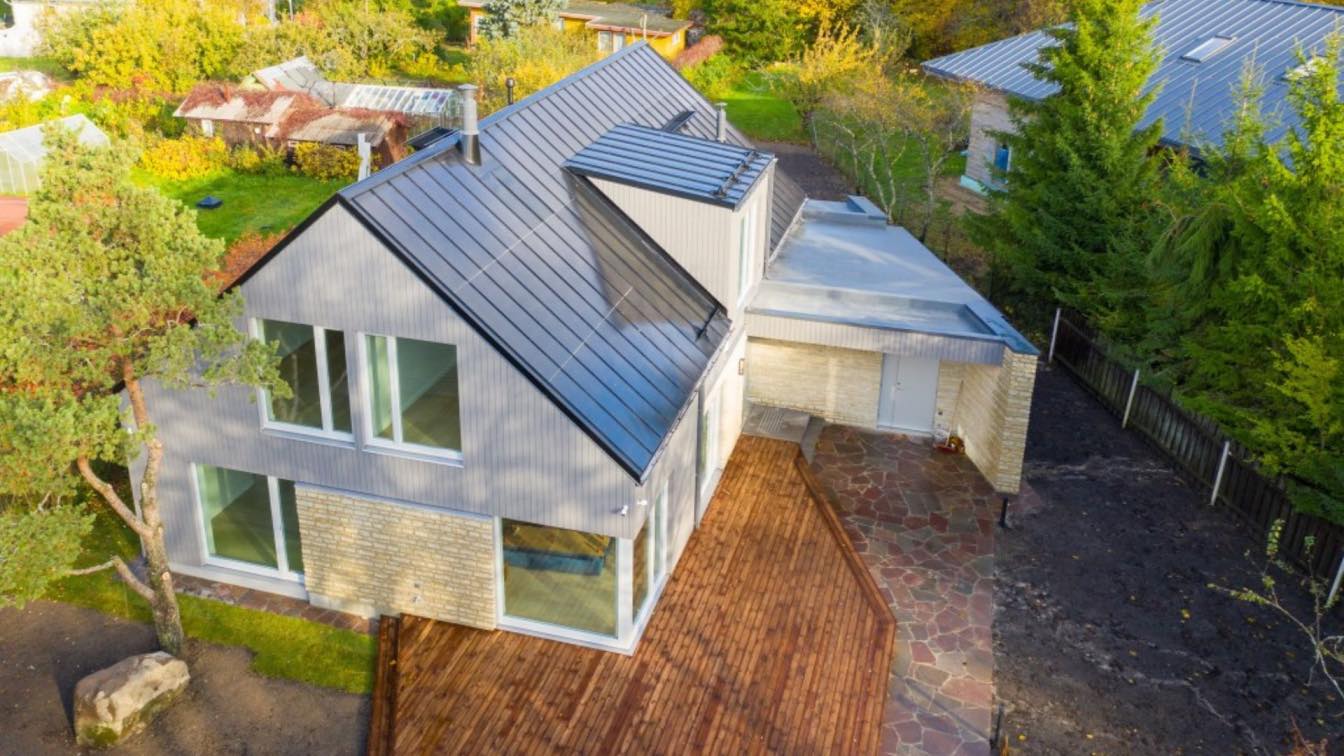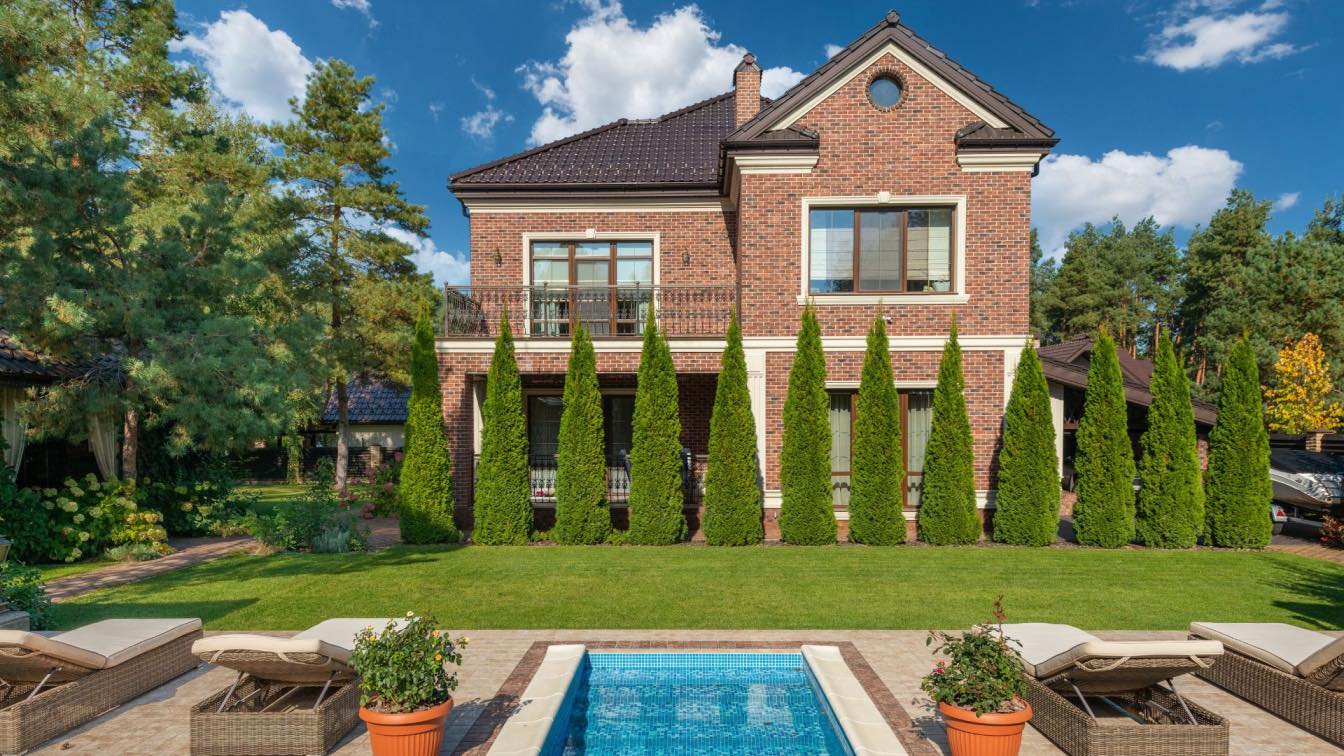As the world becomes increasingly aware of the importance of renewable resources and sustainable living, solar power is becoming an increasingly popular way to produce energy. In addition to its many environmental benefits, solar power also has several financial benefits.
Installing solar panels can often result in a significant return on investment, over time they can save you money on your utility bills, and they can be used to create an aesthetically pleasing and efficient rooftop design.
Here are four ways to efficiently combine solar panels with your rooftop design.
Type of Roof
One of the most important factors to consider when installing solar panels is the type of roof you have. Solar panels can be installed on most types of roofs, but some are better suited than others. As a rule, the best roof for solar panels is often a flat roof as it provides a large surface area that is exposed to direct sunlight. If you have a sloped roof, south-facing solar panels will receive the most sunlight, while north-facing solar panels will receive the least.
Additionally, the type of roof you have will also affect the installation process. Solar panels can be installed either on top of the existing roof or can be mounted flush with the roof.
Mounting solar panels on top of the roof is generally more straightforward and less expensive, but it does require that the roof be strong enough to support the weight of the panels. Mounting the panels flush with the roof is more expensive and requires more technical expertise, but it often results in a sleeker and more aesthetically pleasing design.
 image © Maria Godfrida
image © Maria Godfrida
Solar Shingles
One of the newest and most popular ways to combine solar panels with your rooftop design is through the use of solar shingles. Solar shingles are thin, flexible solar cells that can be installed in place of traditional asphalt roofing shingles. They provide the same level of protection as regular shingles and are capable of generating electricity.
Solar shingles are more expensive than traditional solar panels, but they offer several advantages. They are easy to install, require no additional roof support, are less visible from the ground, and not to mention that they look elegant and add value to your home.
On the other hand, solar tiles are another popular option for those looking to combine solar panels with their rooftop design. However, solar tiles are generally square or rectangular, making them more visible from the ground. Solar tiles are also less efficient than solar shingles, but they are cheaper and easier to install.
Rooftop Gardens
Another popular way to combine solar panels with your rooftop design is through the use of rooftop gardens. Rooftop gardens are a great way to add greenery to your home while also providing shading for your solar panels. The plants in the garden will help to keep the panels cool, which will increase their efficiency. Additionally, rooftop gardens can help to insulate your home and reduce your energy costs.
However, there are a few things to keep in mind if you are considering a rooftop garden. First, you will need to make sure that your roof can support the weight of the soil and plants. Second, you will need to ensure that the plants you choose are suitable for the climate and do not require too much water. Finally, you will need to make sure that the plants you choose do not block the sunlight from reaching your solar panels.
Vertical Walls
If you have a small roof or are looking for a more creative way to combine solar panels with your rooftop design, you may want to consider vertical walls. Vertical walls are a great way to maximize the amount of space that is exposed to sunlight.
However, vertical walls can be more expensive and difficult to install than traditional solar panels. And, if you live in an area with high winds, you will need to make sure that the wall is securely attached to your roof.
On the other hand, you can consider solar awnings that can be installed over windows, doors, or patios and can be retracted when not in use. Solar awnings are more expensive than traditional solar panels, but they offer several advantages. They are easy to install, provide shading for your home, and can be used to generate electricity.
Solar panels are becoming a more popular way to produce energy, and there are many different ways to combine them with your rooftop design to create an aesthetically pleasing and efficient home. If you're interested in installing solar panels on your roof, be sure to keep these tips in mind.





